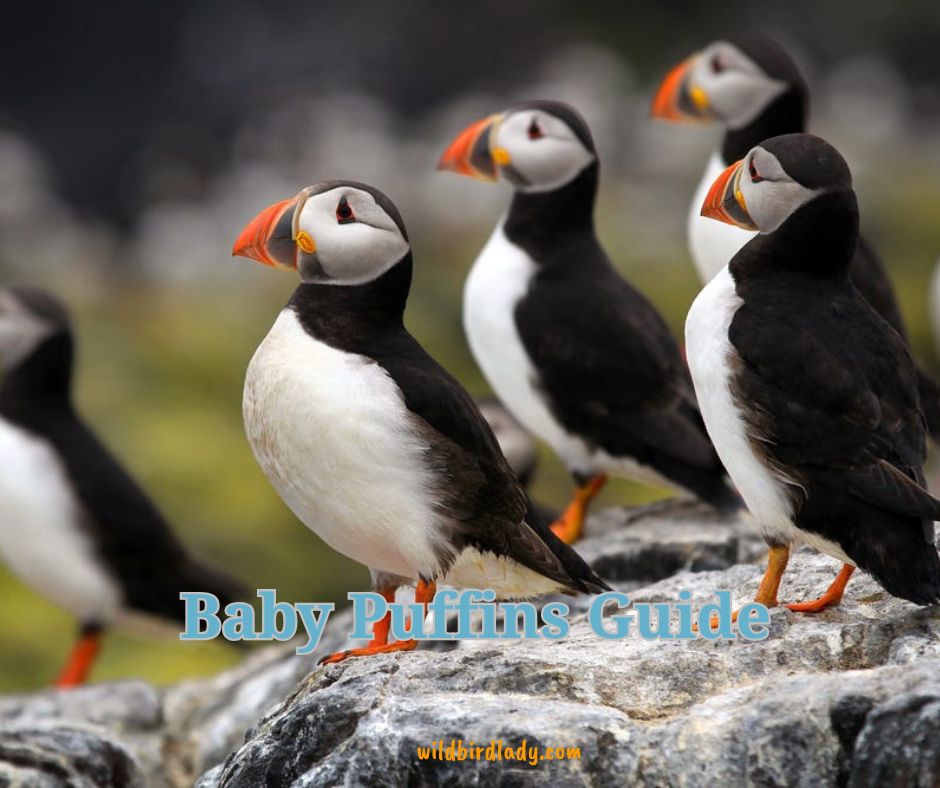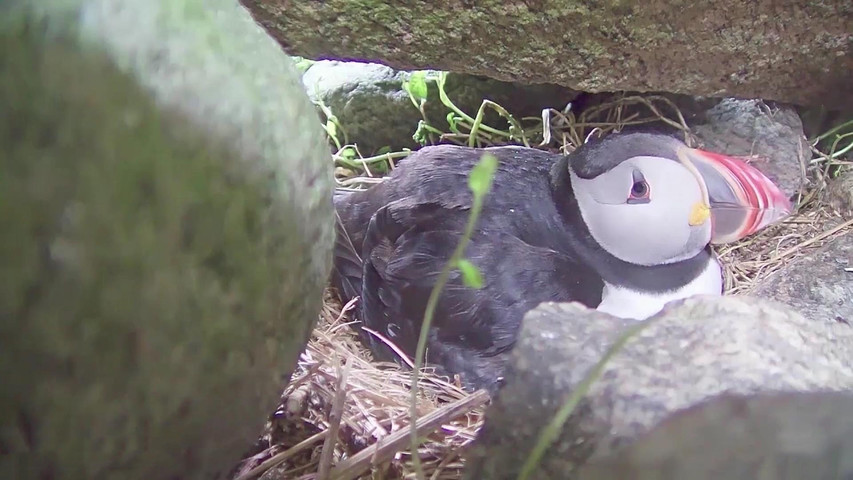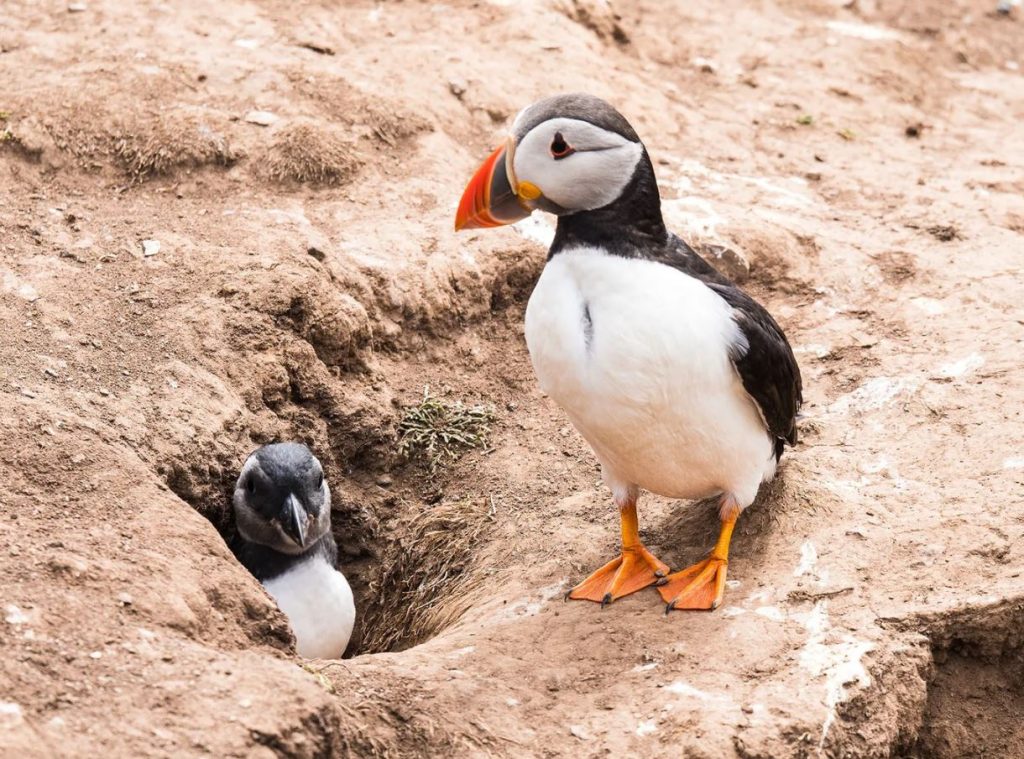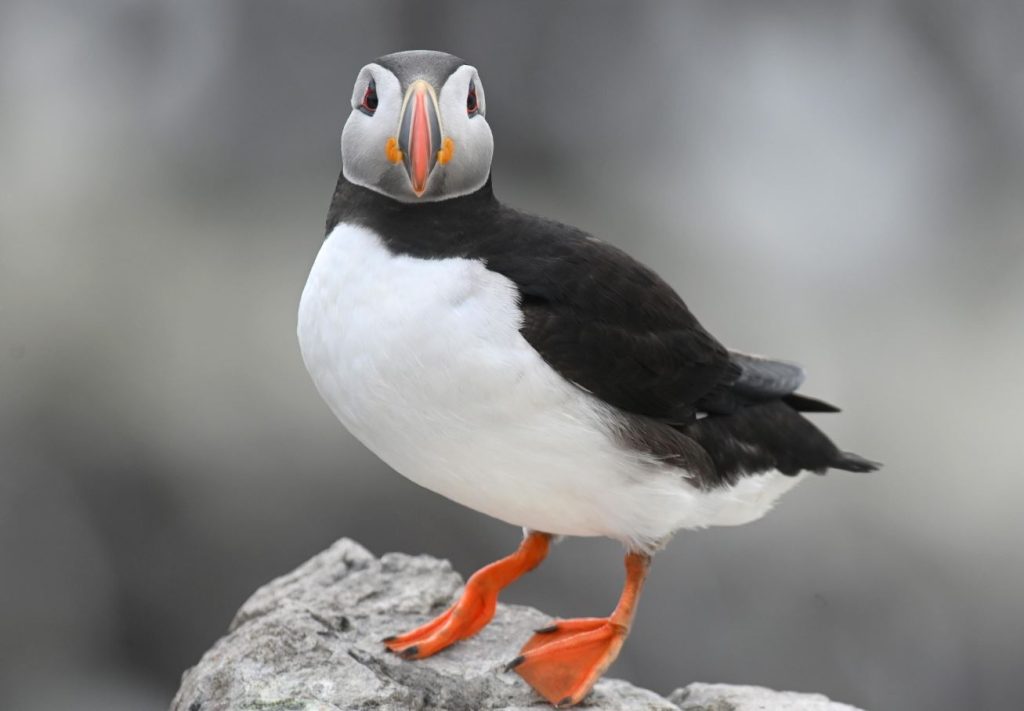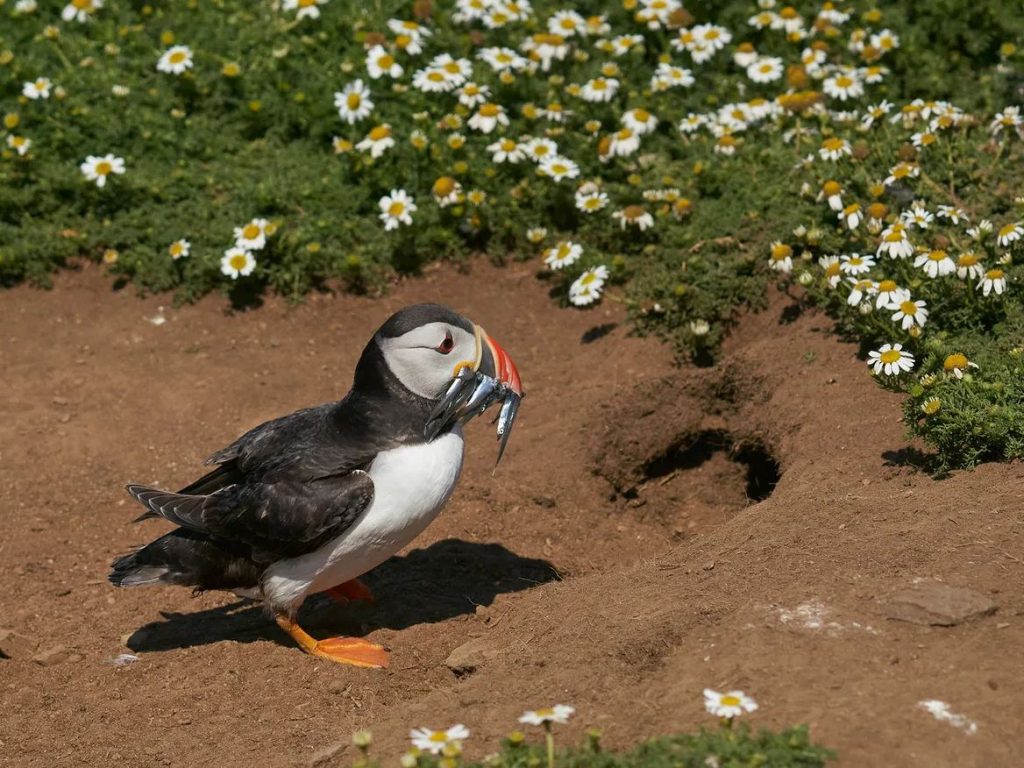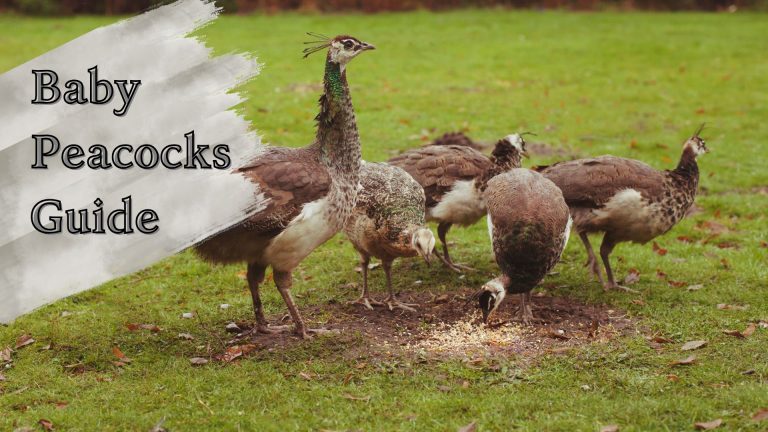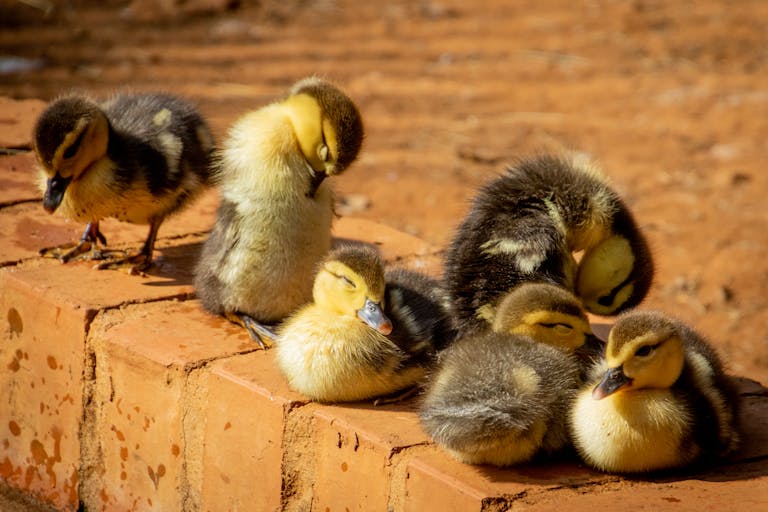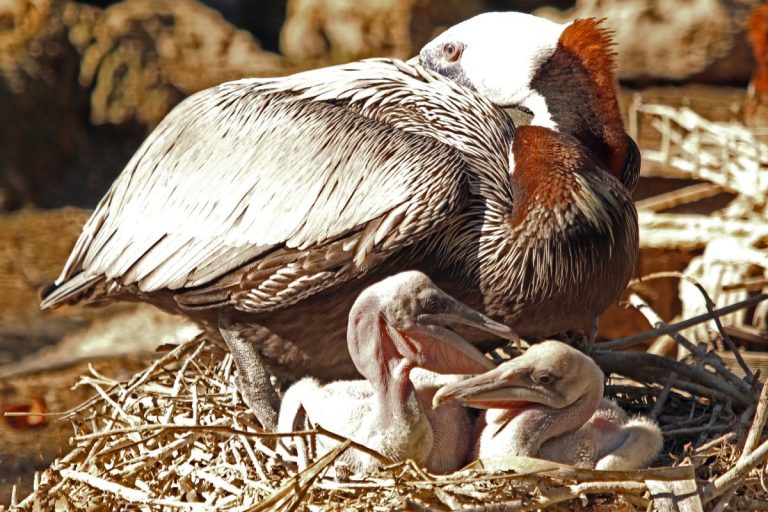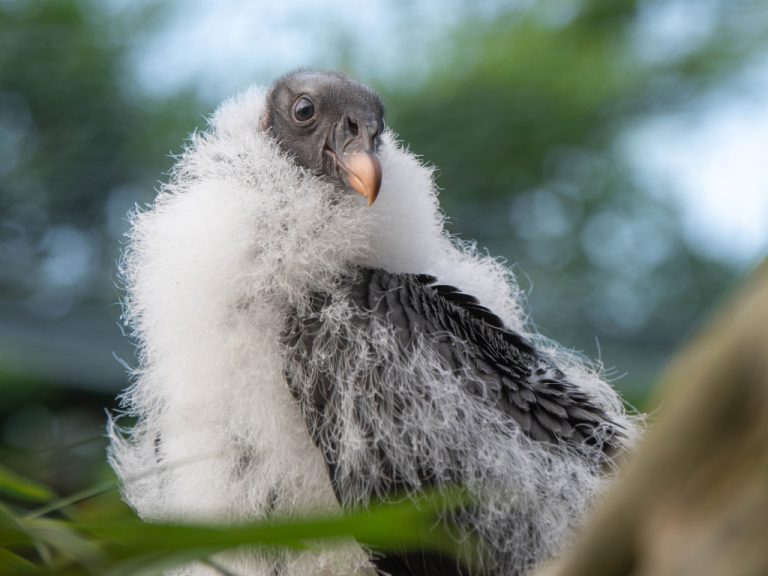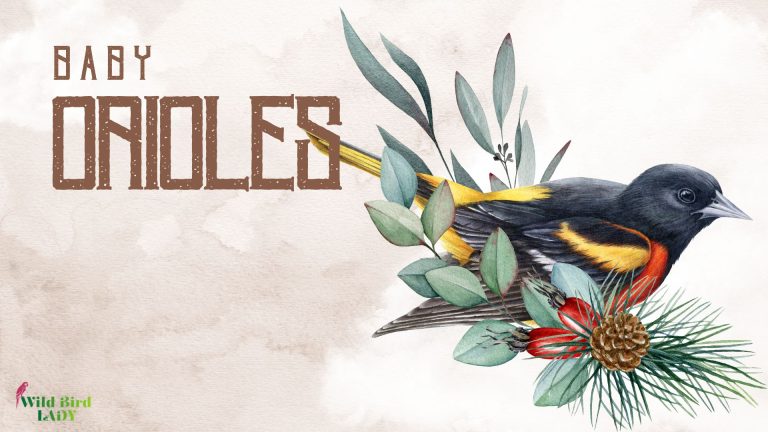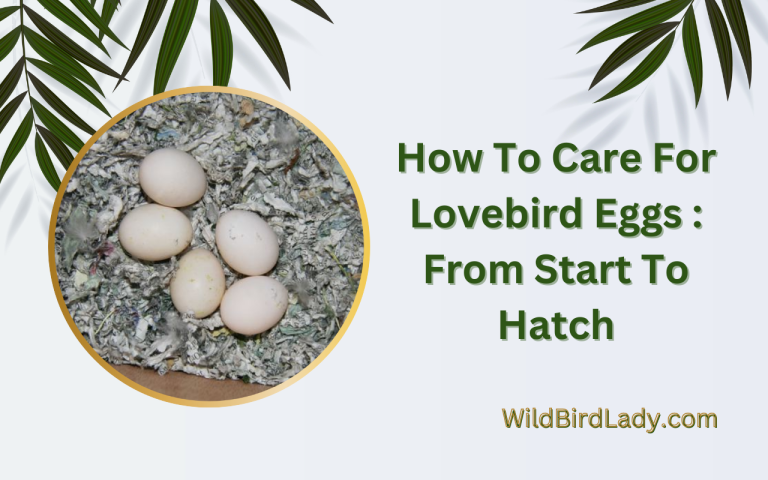Baby Puffins 101: What They Look Like, Eat, and How They Grow Up
As a birdwatching enthusiast with over 13 years of field experience, I’ve seen my fair share of puffins gracing sea cliffs and bobbing on chilly northern waters. But nothing compares to the rare joy of observing a baby puffin, or “puffling,” emerge into the world. These adorable seabirds are more than just cute faces—they’re incredible examples of survival, adaptation, and mystery.
In this guide, I’ll walk you through everything I’ve learned about baby puffins—what they look like, how they’re raised, what they eat, and how they grow into the iconic “clown of the sea.”
What Is a Baby Puffin Called?
A baby puffin is called a puffling—a term as charming as the creature itself. Pufflings hatch from eggs laid in burrows and remain hidden for much of their early life. Unlike ducklings or goslings, pufflings don’t spend their early days waddling behind parents in open fields. Instead, they grow in secrecy beneath the earth, far from predators and human eyes.
Where Puffins Nest: Hidden Cradles in the Cliffs
Puffins, especially the Atlantic Puffin (Fratercula arctica), nest in burrows dug into grassy cliff edges or under boulders on remote islands in the North Atlantic. These burrows, up to 3 feet deep, protect the single egg from harsh weather and predators like gulls or skuas.
I’ve had the chance to visit Iceland and the Farne Islands during breeding season, and the sound of muffled chirps from beneath the earth is one I’ll never forget. It’s subtle, but magical—proof of life hidden below.
The Puffin Egg and Hatching Process
Puffins lay only one egg per breeding season, usually in late spring. Both parents take turns incubating the egg for about 39 to 45 days. Incubation is a full-time job, and both mother and father alternate duties while the other fishes.
Once the egg hatches, the puffling is covered in soft, gray-black down—a stark contrast to the colorful adult plumage. Its eyes are dark, and its beak is much smaller and duller than the bright orange bill of its parents.
According to the Cornell Lab of Ornithology, puffin chicks are entirely dependent on their parents for warmth and food during their early weeks of life.
What Baby Puffins Look Like: The Puffling’s Appearance
If you’re imagining a miniature adult puffin, think again. Baby puffins look more like fuzzy charcoal nuggets than the birds they will become.
Key features of pufflings:
- Color: Sooty gray to black, with pale underbellies.
- Feathers: Downy and soft, not waterproof.
- Beak: Small, narrow, and dull-colored.
- Eyes: Large and dark, giving them a slightly sleepy look.
- Size: At hatching, pufflings weigh just around 40 grams (1.4 oz).
They remain in this fluffy, camouflaged state for several weeks. Their appearance helps them blend in with the shadows of their burrows—an essential defense mechanism against predators.
What Do Baby Puffins Eat?
Pufflings have a simple diet: small fish, almost exclusively delivered by their parents. The most common meals include:
- Sand eels
- Capelin
- Herring
- Sprat
Puffin parents are expert fishers and can carry up to a dozen fish in their beaks at once, thanks to backward-facing spines on their tongues and upper palate that grip each catch securely.
From personal observation off the coasts of Maine and Newfoundland, I’ve seen puffins fly back with shimmering fish neatly aligned in their beaks—almost like a tiny silver bouquet.
The diet of pufflings may vary slightly depending on location and availability. For example, studies have shown that in warmer waters where sand eels are less abundant, puffins struggle to find adequate food for their chicks—affecting survival rates.
Growth Timeline: How Pufflings Develop
Here’s a breakdown of how pufflings grow from helpless hatchlings into independent seabirds:
| Age | Developmental Milestone |
|---|---|
| Day 1 | Hatches with closed eyes, covered in soft down |
| Day 7 | Begins opening eyes, more alert |
| Day 14 | Gains weight rapidly; fed multiple times daily |
| Day 21–30 | Begins to develop juvenile feathers beneath down |
| Day 35–45 | Down begins shedding; contour feathers emerge |
| Day 40–60 | Ready to fledge (leave the burrow) under cover of night |
The parents continue feeding the puffling right up to the night it fledges. Then, one evening—seemingly out of nowhere—the puffling leaves the burrow and heads straight to sea, alone.
Fledging: Baby Puffins’ Leap Into the Unknown
One of the most fascinating parts of a puffling’s life is its solo departure. There’s no test flight or practice run. One night, guided by instinct and perhaps the moonlight reflecting off the sea, the puffling emerges from its burrow, walks to the cliff’s edge, and takes flight—often straight into the ocean.
This dramatic moment usually occurs under cover of darkness to avoid predators like gulls. Once in the sea, the puffling begins a solitary life. It will not return to land for 2 to 3 years, until it’s ready to breed.
Researchers from Project Puffin, based in Maine, have documented how pufflings can drift for thousands of miles over several years before returning to their birthplace to nest.
Where Do Baby Puffins Go After They Fledge?
After fledging, pufflings become pelagic birds—living entirely at sea. They float, dive, and feed in the open ocean, rarely touching land until maturity. This part of their life is still one of the least understood, largely because tracking tiny seabirds across oceans is challenging.
What we do know is that they travel thousands of miles, often reaching the coasts of Greenland, Norway, Canada, and even the Mediterranean during their juvenile years.
Threats to Pufflings
Like many seabirds, pufflings face a number of threats from both natural and human-made sources:
1. Climate Change
Warming seas can lead to declines in prey fish like sand eels, leaving pufflings underfed or starving.
2. Light Pollution
In places like Iceland, fledgling puffins often become disoriented by city lights and crash-land inland. Thankfully, puffling rescue teams—often made up of local children—help collect and return them to the sea.
3. Predation
Eggs and young pufflings can fall prey to gulls, rats, and even foxes on unprotected islands.
4. Plastic Pollution
Microplastics have been found in the stomachs of some seabird chicks, affecting digestion and growth.
Conservation Efforts for Baby Puffins
Organizations like the Audubon Society, the RSPB (Royal Society for the Protection of Birds), and local wildlife groups are working tirelessly to protect puffins and their chicks.
Some of the key conservation efforts include:
- Artificial burrow installations
- Predator-free nesting islands
- Marine protected zones
- Education and awareness campaigns
- Rescue and release programs for disoriented fledglings
The good news? In places where these efforts have been sustained—like Eastern Egg Rock in Maine—puffin populations are slowly rebounding.
Fun Facts About Baby Puffins
Here are some of my favorite puffling facts:
- They only stay in the burrow for about 6 weeks, then live independently at sea.
- They don’t recognize their parents after fledging—once they leave, it’s for good.
- Puffins have one of the lowest reproductive rates among birds—just one egg per year.
- Pufflings can’t swim well at first, so they float passively in the sea until they strengthen.
- The term “puffling” was first popularized in the 20th century, and is now used widely in research and literature.
Final Thoughts: Why Pufflings Matter
Watching puffins in the wild is always special, but knowing what it takes for a puffling to survive makes the sight even more powerful. These tiny seabirds, born in darkness and raised in seclusion, face the vast ocean alone—and somehow thrive.
If you ever get the chance to visit a puffin colony during breeding season, I highly recommend it. Just remember to keep your distance, tread carefully near nesting sites, and support organizations that protect their fragile habitats.
—
Want to Hear a Puffling Chirp?
Curious what a baby puffin sounds like?
Click the audio player below to hear a real puffling call, recorded from the wild:
🎧 [Play Puffling Sound] (Embed your audio file here)
FAQs About Baby Puffins
Q1: What is a baby puffin called?
A baby puffin is called a puffling.
Q2: How long do pufflings stay in their burrows?
Typically about 6 weeks before they fledge and head to sea.
Q3: What do pufflings eat?
Mostly small fish like sand eels, capelin, and herring brought by their parents.
Q4: Do baby puffins return to their birthplace?
Yes, after 2–3 years, they usually return to the same colony to breed.
Q5: Where can I see puffins and pufflings in the wild?
Hotspots include Iceland, Farne Islands (UK), Eastern Egg Rock (Maine), Newfoundland, and parts of Norway.

